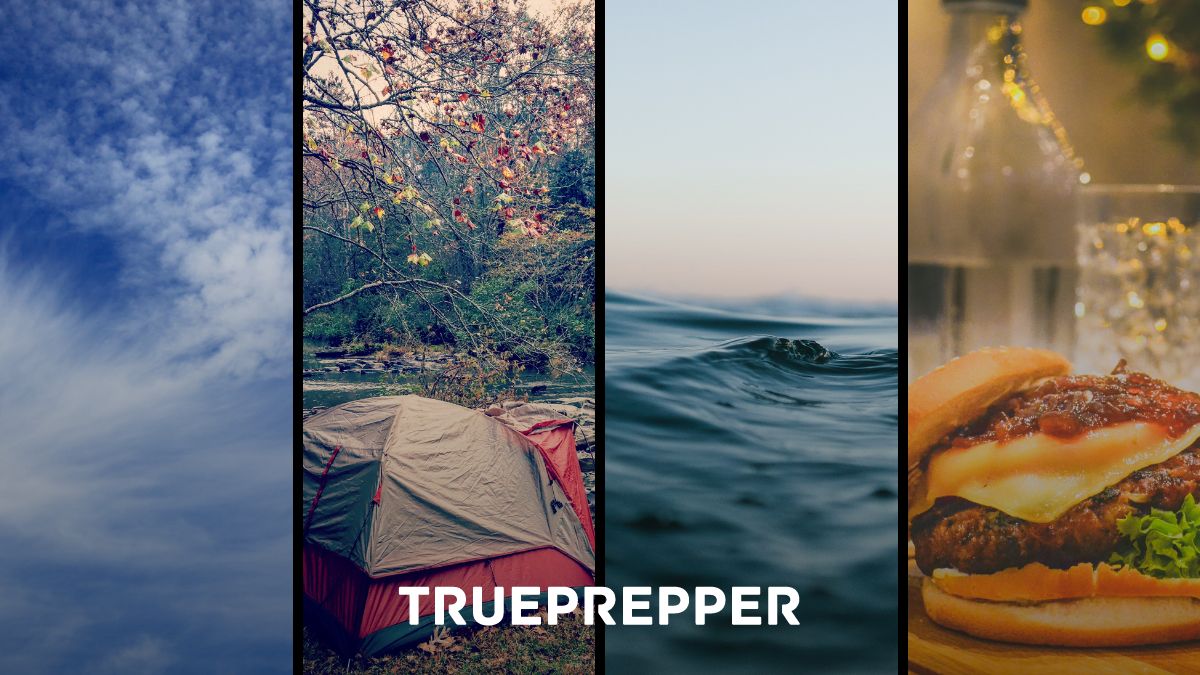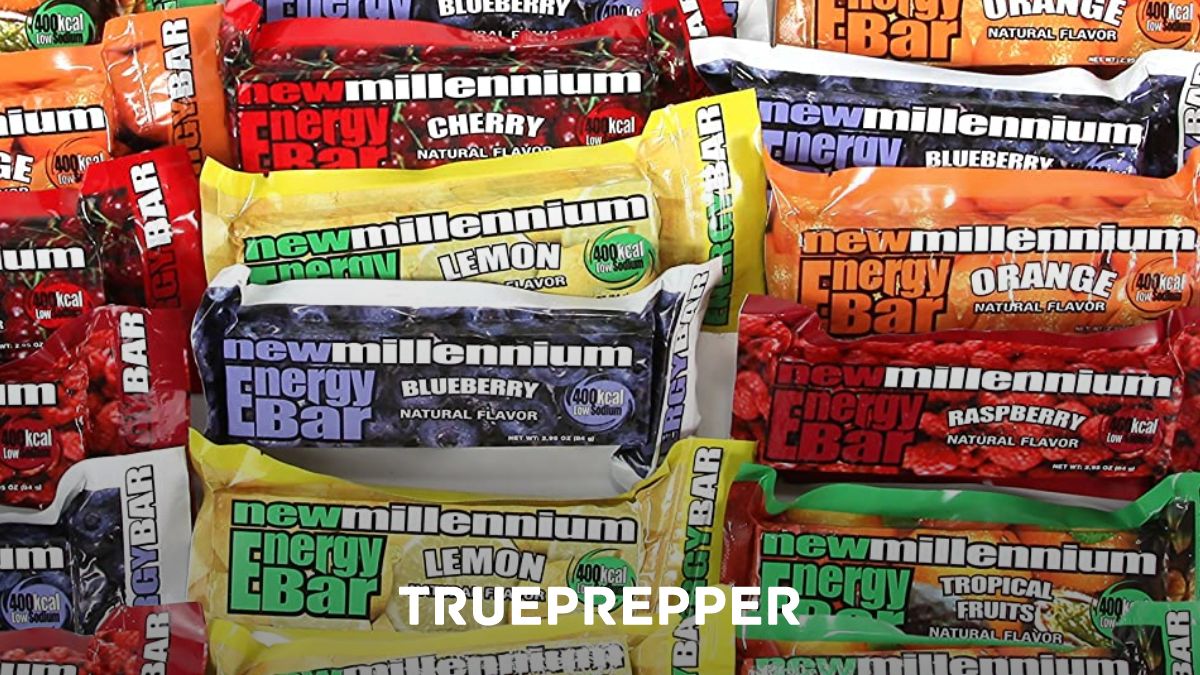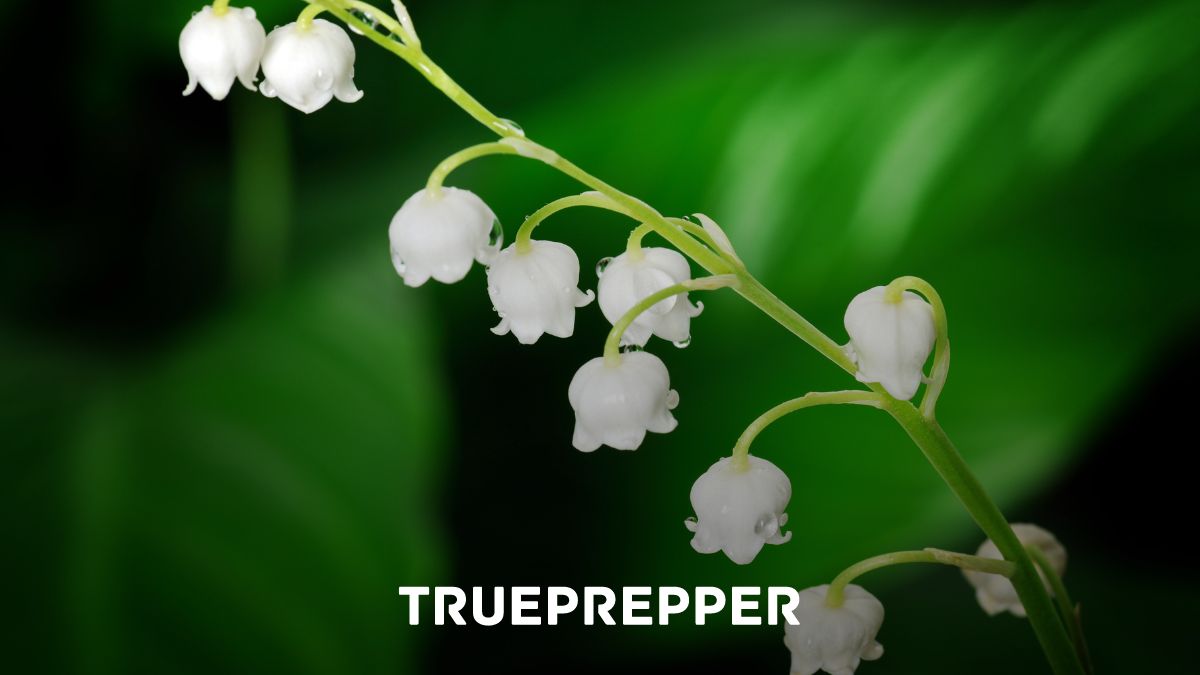This is an updated guide to finding food in the desert, that we first shared in 2019. We update our guides to be more current and thorough as we learn more ourselves and have knowledgeable survivalists join our team.
The desert is a barren place where both animals and plants make a tough go at life. If you find yourself stranded or lost in the desert, the best way to survive is to get out. If that isn’t an option, you may need to forage or hunt for various foods in the desert. That is not always as easy as it sounds.
Scarcity is what makes a desert so inhospitable. Resources are
scarce, and it will be hard to find shelter, water, and especially: food.
That’s the bad news. The good news is that you can give yourself a fighting
chance if you know what to look for.
You will need the best foods in the desert to obtain the calories
and nutrients you need to survive in such a harsh climate.
First
Things First: Water
In a desert, food may not be your first priority- depending on how well you are prepared. According to the Survival Rule of Threes, you can survive for three weeks without food. There are two priorities in front of food: shelter and water.
We save shelter for another article, so we’ll get started first with water. Three days is the rule of thumb, but that does not account for the survival activities you will be doing in the heat of a desert. Hopefully, you have water or a means to collect water.
If you don’t have access to any water, you should avoid eating since that will increase your body’s need for water.
There are a few plants you may be able to find in the desert that can provide you with small amounts of water, and we touch on those below when we talk about the best foods to find in the desert.
Brushing up on the survival rule of threes will help you prioritize in any situation, including the desert:

What Food
is in the Desert?
Not a whole lot.
A desert, by definition, is a “dry barren area of land, especially
one covered with sand, that is characteristically desolate, waterless, and
without vegetation.”
You might think the desert itself is enough to complicate things, but you also have to be aware of the risk of venomous reptiles and poisonous plants. If you are unfamiliar with the vegetation in an area, it is always a safe bet to use the Universal Edibility Test to see if the plant is poisonous. There is more on that further in this article.
Even still, there are foods to be found in the desert.
Edible plants you can find in a desert include:
- Cactus (most species)
- Abal: Eat the fresh flowers during springtime.
- Agave: Boil the flowers and flower buds before eating.
- Chia Sage: The whole plant is edible, but the seeds are especially full of energy.
- Date Palm: Eat its fresh fruit when ripe.
- Desert Amaranth: Eat the whole thing, but look out for its spines.
- Desert Raisin: Eat when it is green-yellow in color.
- Mesquite: The pods from these trees are edible.
- Pinyon Pine: Eat the pine nuts!
- Yucca: Spiky but completely edible. They taste better grilled.
Edible animals you can find in a desert include:
- Lizards: Cook thoroughly since they can carry salmonella. Avoid Gila monsters and Mexican beaded lizards. Tail meat tastes the best.
- Snakes: Again, cook thoroughly due to salmonella. Some snakes may not be worth the risk of confronting, so you may need to make a tough survival judgment call.
- Turtles: Just cook these thoroughly and you will have a good snack.
- Insects: Chock full of protein and fat, non-poisonous insects make for great survival food.
- Small mammals: These can be very scarce in a desert, but are great when cooked.
You may not get to be picky in the desert, so knowing all of your options is a good idea. Different desert biomes are still different habitats for various plant and animal species.
The Sonoran desert is a very different ecosystem than the Sahara desert with flora and fauna, although they share the same harsh environmental conditions.
Best Food to Eat in the Desert
The largest desert in the US is the Sonoran Desert, and it has
over 540 edible plants in it. Some are better than others, especially in terms
of providing water, nutrients, and how easy they are to eat. Here is a ranked
list of the best foods to eat in the desert:
- Cactuses. Cactuses can be a great food to stumble on in the desert because they can also give you much-needed water. The fruit and legumes are great nutritionally and easy to eat. There are many types of cactuses worth hunting down, including:
- Prickly Pear Cactus
- Saguaro Cactus
- Desert Christmas Cactus
- Cholla Cactus
- Insects. Bugs are
a great choice to look for in the desert. Insects are high in both protein and
fat. Beetles love to chow down on cactuses, so you may find some as a bonus
when you are cactus foraging. Locusts and honeypot ants can also be found under
rocks. Insects are not high in calories, so they are more of an opportunity
than something you actively hunt for. Avoid any brightly colored bugs, since
they could be poisonous- and also avoid insects if you are allergic to
shellfish.
- Eat what you brought. Preparation is always better than desperation. Don’t go near large deserts without an ample supply of food and water. Deserts are some of the most unlivable places on the planet, and it is in nobody’s survival interest to test the limits of their body for fun. Things can happen, so it is always best to over-prepare when packing food rations. Here is a review of what we tested to be the best emergency food bars:

Food to
Grow in the Desert
Not everyone has the luxury of getting out of a desert. If you are stuck in one for a long time, or even happen to live in one- there are a few options still. Food does grow in the desert. The types of food that you can grow depend on the infrastructure around it- namely how much water you are willing to use.
A few of the best-suited plants to grow include:
- Dates. Dates
come from the desert palm tree and are a fruit. Desert palms are often called
the ‘tree of life’ because they are one of the few crops that grows in the
desert, naturally around oases.
- Melons. Melons
love dry, arid climates but still require some water. Winter melons and
watermelons are native to the Middle East and Africa. These plants are able to
control oxygen and conserve water by closing the stomata in their leaves.
- Corn. Corn
needs even more water than dates and melons, but performs admirably well in the
desert. Actually, it performs well all over the globe- it has been grown in
deserts, rainforests, and even at 12,000 feet elevation. It has a high harvest
frequency of 120 days so you can get good land yield.
A desert may be too tough for most everything we are used to
growing for survival, but a few crops could be your hero if you have to grow
food in a desert. Potatoes, usually a great crop for survival, are especially
useless in a desert. They have to be planted 6-9 inches deep and stay moist to
survive, a combination that is almost impossible in a desert environment.
The
Universal Edibility Test
Nobody in the world knows all of the plants and whether they are
edible. It is impossible to dedicate that kind of information to head space.
That is why there is the Universal Edibility Test. We wrote up an article on
this a while ago if you feel like brushing up on the whole concept:
The Universal Edibility Test
The main point of the test is that you slowly expose yourself to
the plant in question with measured patience, you can determine if a plant is
poisonous or not. Caution and patience is key. If you just start stuffing
unknown berries and plants in your face because you are hungry, you could pay
for your recklessness with your life.
It is better to prolong your hunger just a little bit longer to prove that any plant your about to eat isn’t poisonous. Find foods in the desert that are not berries or brightly colored insects.

What You
Should NOT Eat in the Desert
Going back to our first point, you shouldn’t eat anything without
water. Eating food will increase your body’s need for water and if you can’t
supply it you need to hold off. You can survive much longer without food than
you can without water.
Do not eat poisonous or unknown plants. If you are not sure about it, try the universal edibility test as we mentioned above.
Uncooked or undercooked meat should never be eaten. Risking
sickness in the desert with uncooked or undercooked meat could be a fatal move.
Diarrhea is one of the more subtle symptoms of food poisoning, but the
dehydration that accompanies it can be very damaging to your chances of
survival.
Pass on dead animals you find. You can find better sources of food in the desert. If you do not know when or how it died, it’s best to pass on the ‘free meal.’ The heat of the desert makes it an excellent breeding ground for bacteria and it can even speed up the decomposition process of dead animals.
Lastly, it is illegal to eat fruit off plants within 100 yards of
a road or highway in California. That won’t matter in a survival situation, but
it is worth mentioning if you are just foraging for fun. Obviously, it is also
illegal in any state to collect fruit from a private property or state/national
park.
Trapping vs. Hunting in the Desert
Even experienced hunters will have a tough time tagging their prey
in the desert. There is very little to use for cover and animals are very
sparse. Inexperienced hunters will have an even harder time.
Hunting is difficult and expends a lot of energy. Only skilled
hunters should hunt for survival, and even then, it is dependent on your
situation. Luckily, setting traps and snares requires a little less experience
and skill.
Trapping is a ‘fire and forget’ method, where you can set the trap and go on to other activities to circle back to the trap later. Simple traps are best since they are easy to remember and simple to construct.
Remember that your body’s need for water can grow when you ingest protein, so without water, you may need to re-evaluation trapping and instead seek out water.
The
Largest Deserts by Area
If you are in a desert, you may be looking for a way out. The size
and type of desert can affect your chances here. The largest deserts in the
world aren’t what you would typically think of with the word ‘desert’. Here are
the 10 largest deserts by area:
- Antarctica (5,500,000 square miles)
- Arctic (5,400,000 square miles)
- Sahara (3,300,000 square miles)
- Australian Desert (1,000,000 square miles)
- Arabian Desert (900,000 square miles)
- Gobi Desert (500,000 square miles)
- Kalahari Desert (360,000 square miles)
- Patagonian Desert (200,000 square miles)
- Syrian Desert (200,000 square miles)
- Great Basin (190,000 square miles)
As you can see, there is plenty of room in this great wide world that is taken up by a desert. The Arctic and Antarctic may be surprising on the list since they are deserts of polar ice and tundra.
In total, there are 25 deserts around the world that are larger
than 50,000 square miles. These can be very unforgiving places, so remember
that preparedness is the key to survival.
The Final
Word
We won’t ask what life choices you made to end up in the desert without food. Hopefully, this guide has given you some ideas to survive in that situation where you are foodless in a desert. If you are backpacking through the desert, you may want to make sure that you are prepared for more than just running out of food.
Fruit from the Saguaro cactus was an important food for Native Americans living in the desert. Hunting and gathering have sustained humanity since our existence began. People find various foods no matter their geography, or they don’t survive. Bleak, but simple.
Here are some more guides our subscribers have found helpful:
- How Long Can You Survive Without Food?
- Backpacking Survival Kit | Hiking Preparedness
- Survival Food List | Pantry Stockpile Plan and Checklist
Keep exploring, stay prepared, and be safe.
You’ve Been Missing Out
Join the 2+ million preppers that rely on our prepping advice by subscribing to TruePrepper.
- Practical guides and tips
- Useful survival giveaways
- Free, forever
- < 0.4% of people unsubscribe
Thanks for subscribing, reading, and welcome to the club.
The post Finding Food in the Desert: Hunt, Forage, and Survive appeared first on TruePrepper.
By: Rusty Collins
Title: Finding Food in the Desert: Hunt, Forage, and Survive
Sourced From: www.trueprepper.com/foods-desert/
Published Date: Fri, 25 Aug 2023 11:15:40 +0000
-------------------------------------------------------------------------
Did you miss our previous article...
https://outdoorsnewswire.com/survivalist/trespassing-laws-in-the-usa-an-overview
 CampingSurvivalistHuntingFishingExploringHikingPrivacy PolicyTerms And Conditions
CampingSurvivalistHuntingFishingExploringHikingPrivacy PolicyTerms And Conditions
